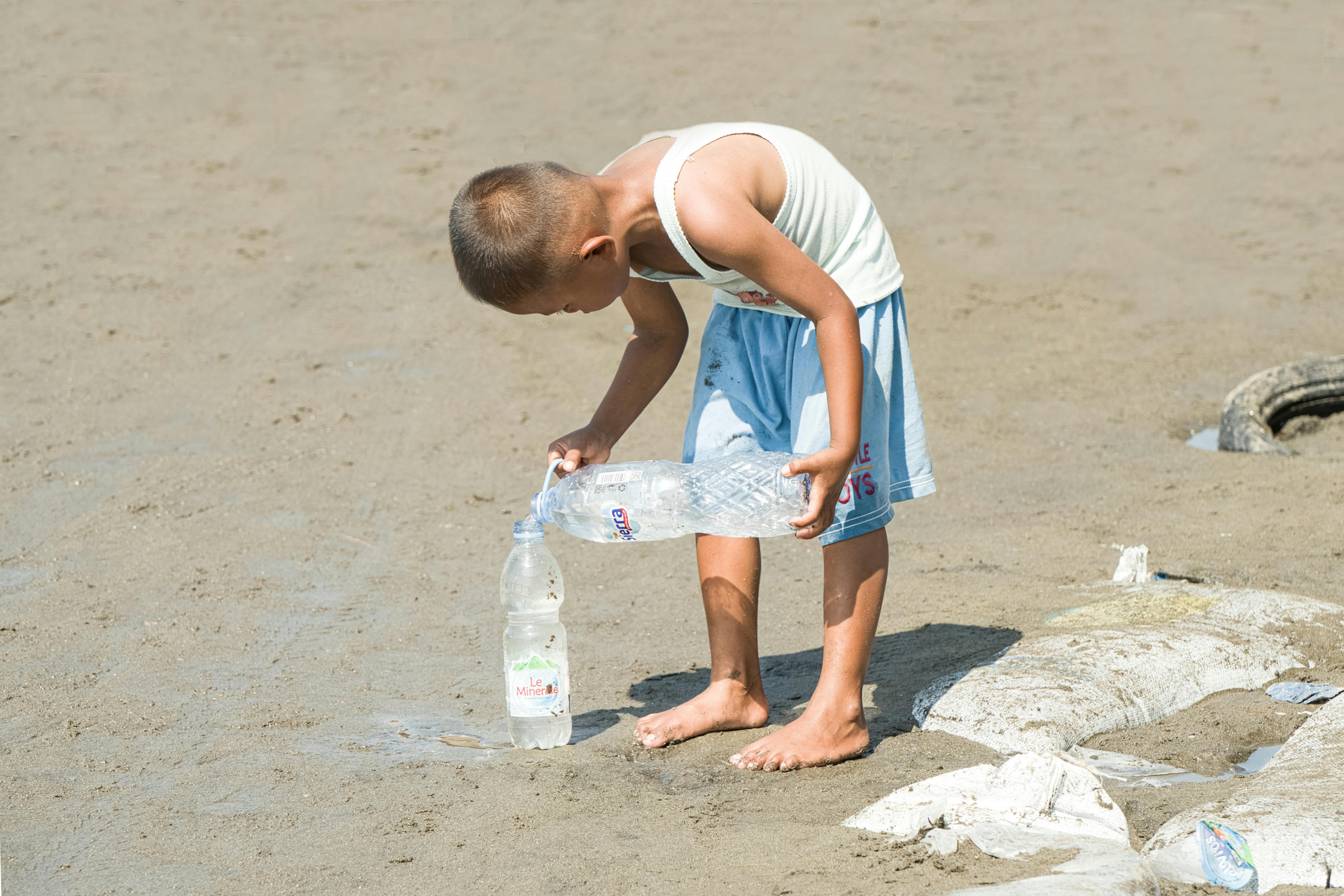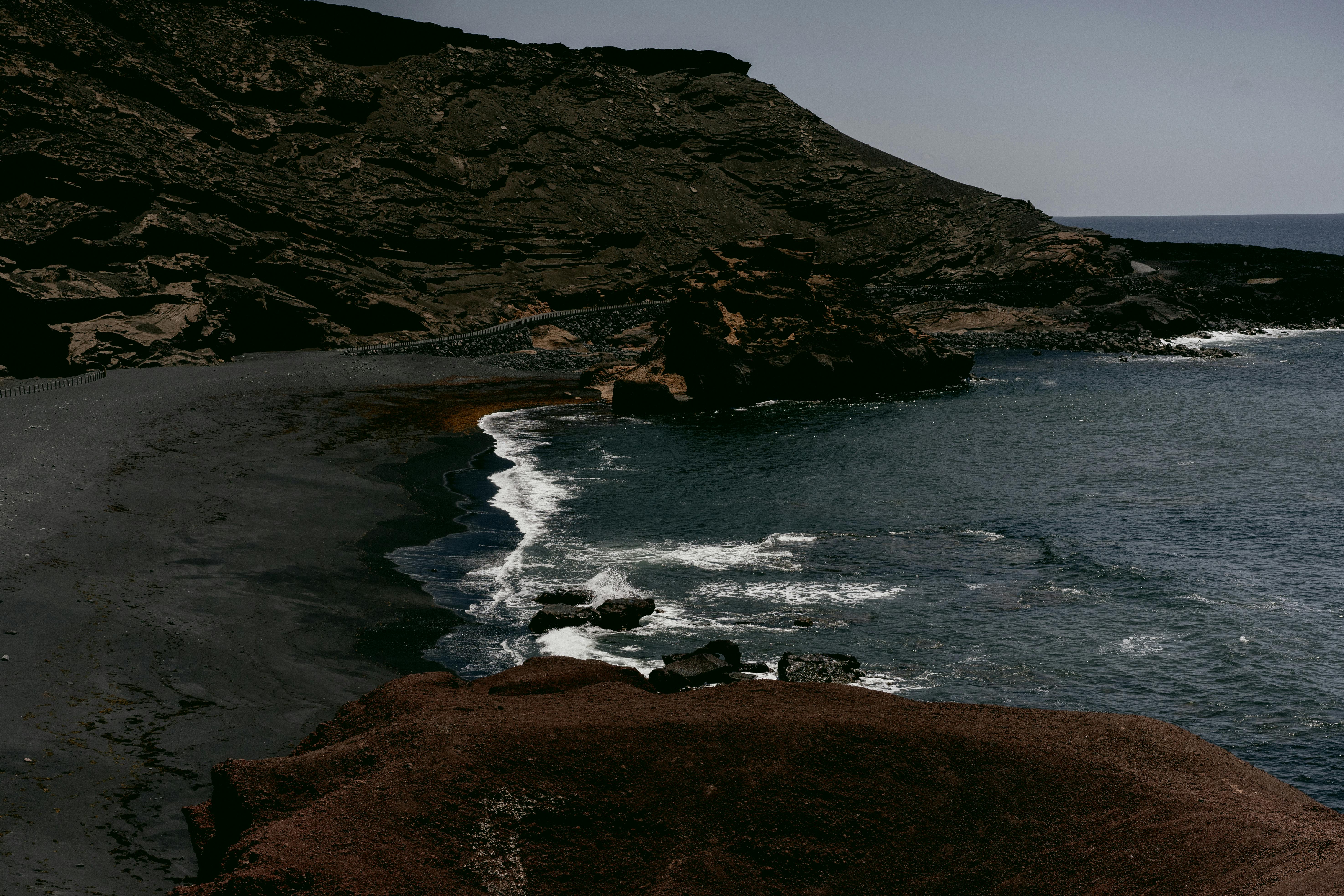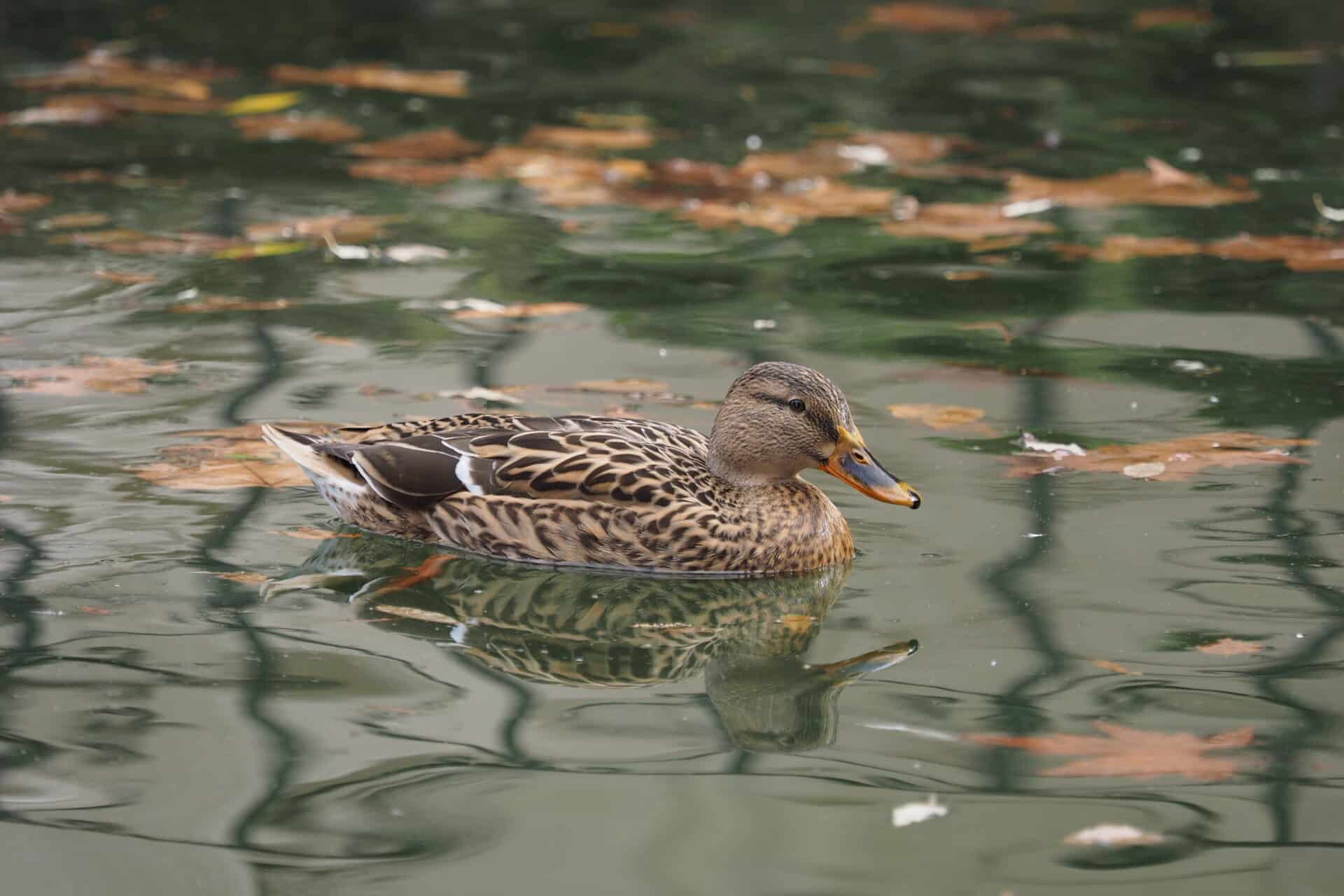Distilling your own water is a great way to ensure you have a safe, clean source of drinking water for you and your family. Distillation is a process that involves boiling water and then capturing the steam, which is pure water vapor, and condensing it back into liquid form. The resulting distilled water is free from minerals, dissolved solids, and other impurities that are often found in untreated tap water. In this guide, we’ll provide step-by-step instructions on how to distill your own water at home.To distill water, you will need to collect the following supplies: a distilling container, a condenser, a heat source (such as a stove or hot plate), tubing and hose clamps, an outlet container, and an optional thermometer. You will also need access to potable water and ice or cold water.
Prepare the Water for Distillation
Distillation is a process used to purify water by separating and removing impurities. In order to distill water, it is important to prepare the water beforehand. This includes removing visible particles from the water and testing for contaminants.
The first step in preparing water for distillation is to remove any visible particles from the water. This can be done by using a filter or sediment screen, which can be made of paper, cloth, or metal mesh. The filter should be placed over a collection container before pouring the water over it. After passing through the filter, any large particles that were present should have been removed.
The next step is to test the water for any contaminants that may be present. This can be done using a home test kit that measures pH, hardness, turbidity, and other properties of the water. If any of these tests show high levels of contaminants, additional steps may need to be taken before distilling the water.
Once all visible particles and contaminants have been removed from the water, it is ready for distillation. The process of distilling the water involves heating it to boiling point and collecting the resulting vapor as it condenses back into liquid form. This condensate will then need to be cooled before it can be consumed or used in other applications.
Setting Up the Distillation Apparatus
Distillation is an important process used in the separation of mixtures of liquids. It is a technique used to separate components of a mixture by distilling them off at different temperatures or boiling points. To perform a distillation, one needs to set up a distillation apparatus. This consists of several components that must be correctly connected and configured.
The first step in setting up the apparatus is to choose the proper glassware for the distillation procedure. The most common type of glassware used for distillations are round-bottom flasks and condensers. The round-bottom flask is usually chosen based on the volume of liquid to be distilled, while the condenser should be selected based on its efficiency in cooling down vapors during condensation.
Next, one needs to connect all of the pieces of glassware together using special joints and clamps. This includes connecting the round-bottom flask to the condenser, as well as connecting any additional pieces such as thermometers or thermowells. It is important that all connections are secure and airtight so that no vapor can escape during the process.
After connecting all of the components together, it is necessary to fill up the system with water or other coolant in order to ensure efficient cooling during condensation. Finally, one needs to adjust any valves or settings so that they are properly configured for a successful distillation process. Once all components have been connected and adjusted properly, then one can begin their distillation experiment!
Heat the Water to Boil
Boiling water is a cooking technique used for a variety of different dishes. It is an essential skill for any cook, and has many advantages over other cooking methods. Boiling water requires little preparation, and the heat can be adjusted quickly and easily. Additionally, boiling water helps to break down complex molecules, making it easier to absorb nutrients from food. When boiling water, it is important to consider the safety measures involved in order to avoid any potential dangers.
The first step in boiling water is taking necessary precautions. Be sure to use a pot or vessel that is appropriate for the amount of water you are heating. If the container is too small, there is a risk of overflowing and potentially causing burns or scalds. Additionally, ensure that all handles on the pot or vessel are secure and away from any heat source.
Next, place the pot or vessel on top of a stove or other heat source. Turn on the heat source and adjust accordingly until the desired temperature has been reached. It is important to watch the water carefully as it heats up in order to prevent it from boiling over or burning. Once the desired temperature has been achieved, remove the pot or vessel from the heat source immediately in order to avoid any further heating or scalding hazards.
Finally, enjoy your boiled water! Boiling water can be used for many different dishes such as pasta, soups, sauces, and more! Boiling provides an efficient way to quickly cook food while retaining its flavor and nutrition levels. Plus, boiled water can be stored for later use if needed!
Collect the Condensation in a Clean Container
Condensation is water that forms on surfaces when warm air comes into contact with cold surfaces. It is important to collect and store this condensation in a clean container to prevent contamination and growth of bacteria or mold. The best way to do this is to use a non-porous container, such as a glass jar or plastic storage container. Make sure the container is cleaned regularly and that it has a tight-fitting lid to keep moisture out. It is also important to collect the condensation before it has a chance to evaporate, as it can contain harmful particles that should not be inhaled or come into contact with skin.
For areas where condensation is difficult to reach, such as behind refrigerators or in crawl spaces, use a squeegee or mop with mild detergent solution. Wipe down all surfaces after collecting the condensation and dispose of any excess water in an appropriate manner. If possible, install a dehumidifier in areas where condensation tends to accumulate, as this will help reduce moisture levels and prevent future buildup of condensation. Additionally, make sure any air leaks around windows and doors are sealed properly so warm air does not come into contact with cold surfaces and form more condensation.

Let the Condensation Cool Down
It is important to allow the condensation to cool down before handling it. This will help prevent any potential burns or damage to the surface that could be caused by the hot liquid. Condensation is created when hot air comes into contact with a colder surface, such as a wall or window, and the water vapor in the air turns back into liquid form. If this liquid is not allowed to cool down, it can cause a scalding effect if it is touched by bare skin.
To allow condensation to cool down, it is recommended that you open any windows or doors in the room where the condensation has occurred. This will help draw in cooler air and reduce the heat in the area. You can also use fans or other methods of ventilation to help reduce the temperature of the room. Once this has been done, you should wait for several minutes before touching any surfaces that have been affected by condensation.
If there are items on these surfaces that need to be moved, make sure they are covered with something like a towel or cloth so as not to be damaged by any remaining heat before they are touched. Additionally, you should use protective gloves when handling any objects affected by condensation until they have cooled down completely.
Finally, when cleaning up any mess created by condensation, make sure all surfaces have been cooled down first and then cleaned with an appropriate cleaning solution according to manufacturer’s instructions. Doing so will help keep surfaces safe from heat damage and ensure that any mess created is quickly and easily cleaned up without causing further harm.
Check for Contaminants Before Consumption
It is important to check for contaminants before consuming any food or water. Contaminants can enter food and water from a variety of sources, such as the environment, poor food handling, or contaminants in the water supply. Contaminants can cause serious illnesses and even death.
To ensure that the food and water you consume is safe, look for visual clues such as an unusual color or smell that could indicate a contamination. If possible, test the food or water with a testing kit to detect contaminants such as bacteria, heavy metals, pesticides, and other pollutants.
If you are unsure of the safety of your food or water, contact your local health authority or public health department for advice. They can provide information on how to reduce exposure to contaminants in your food and drinking water.
The best way to protect against contaminant exposure is to practice good hygiene when preparing foods and drinks. Always wash your hands before handling any food items and wash fruits and vegetables thoroughly before eating them. Additionally, make sure that all cooking utensils are clean before use and be sure to store foods properly in airtight containers or bags to prevent contamination from outside sources.
By following these simple steps you can reduce your exposure to contaminants in your food and water supply and enjoy meals with peace of mind knowing they are safe for consumption.
Storing Distilled Water Properly
It is important to store distilled water properly in order to maintain its quality and prevent it from contamination. Store distilled water in a cool, dry place away from direct sunlight, heat sources and contaminants such as pesticides and fertilizers. Keep it in an airtight container or bottle with a lid that seals securely. Do not use plastic containers that are damaged or cracked, as these can allow contaminants to enter the water. It is also important to label the container with the date of production so you know how fresh the water is.
Before storing distilled water for long periods of time, it is important to check the pH levels and mineral content of the water. Distilled water has a very low pH level, which means it can be acidic if not stored correctly. You can test the pH level using a simple home test kit or send a sample of your distilled water to a lab for testing. If the pH level is too low, it can be adjusted by adding minerals such as calcium or sodium bicarbonate.
It is also important to change out any stored distilled water at least once every three months to ensure that it stays safe and healthy to drink. This will help prevent any bacteria from growing in the stored water and keep it free from contamination. Storing distilled water properly will ensure that you always have access to clean, pure drinking water when needed.

Conclusion
Distilling water is a great way to ensure you are drinking clean, safe water. It requires minimal effort and setup, and the end result is pure, delicious water. Although the process may take some time and you may need to purchase some supplies, it is worth the effort as it ensures that your family will have access to safe drinking water at all times. Furthermore, with proper maintenance and upkeep, your distiller should last for years.
Distilling your own water can also be a fun and rewarding experience. By taking the time to learn about the process, you can gain a greater appreciation for the importance of clean drinking water for our health and well-being. So if you want to ensure that your family has access to clean and safe drinking water at all times, consider distilling your own water!

